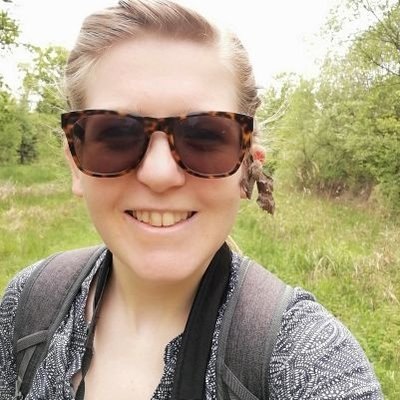As part of this year’s Big Butterfly Count, Butterfly Conservation and the Canal & River Trust are asking wildlife lovers to visit local canals and riversides to help chart the progress of comma butterflies.
The comma can be found in a variety of habitats, including feeding on the nectar of bramble, thistles and knapwood on riverbanks.
“Canals and rivers are fantastic locations for many species of butterfly,” says Sir David Attenborough, president of Butterfly Conservation.
“The comma is one of our most exquisite butterflies and hearteningly is also something of a butterfly success story.”

At the start of the 20th century, this butterfly species was only found in a few counties in the Welsh borders and south-east England.
It has since expanded its distribution, and in the last 40 years it has experienced a 138 per cent increase in population.
The insect can now be found throughout England and Wales, as well as the Isle of Man and southern and eastern Scotland.
It is thought that this success is due to both climate change and the increased use of nettle as a caterpillar foodplant.

“The comma is one of the Big Butterfly Count species that has bucked the trend and done well in Britain over recent decades,” says Richard Fox, head of recording at Butterfly Conservation.
The Big Butterfly Count is an annual citizen science survey run by Butterfly Conservation. You can take part in the 2017 count until 6 August.
Main image: Comma butterfly populations have increased in distribution. © Gary Chalker/Getty
